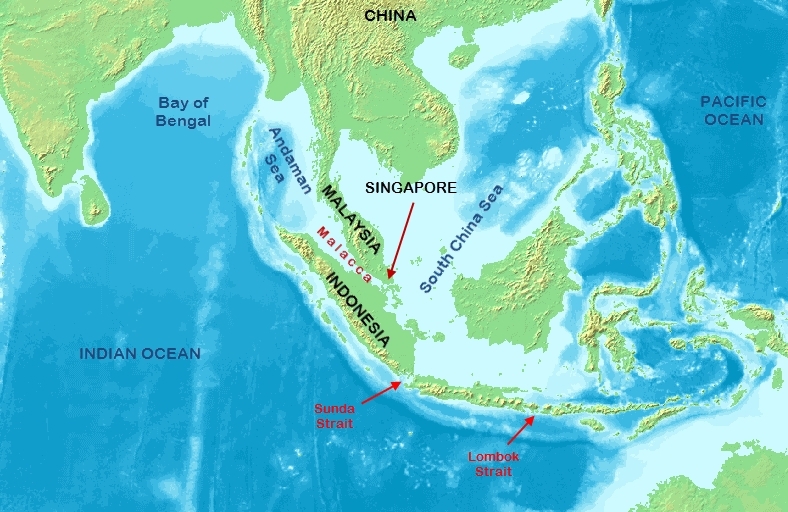
漢德百科全書 | 汉德百科全书
 印度尼西亚
印度尼西亚
 埃及
埃及
 澳大利亚
澳大利亚
 比利时
比利时
 巴西
巴西
 中国
中国
 丹麦
丹麦
 联邦德国
联邦德国
 芬兰
芬兰
 法国
法国
 希腊
希腊

 手拉手
手拉手

 手拉手
手拉手
 驾驶执照
驾驶执照
 印度
印度
 印度尼西亚
印度尼西亚
 意大利
意大利
 日本
日本
 加拿大
加拿大
 哈萨克斯坦
哈萨克斯坦
 克罗地亚
克罗地亚
 马来西亚
马来西亚

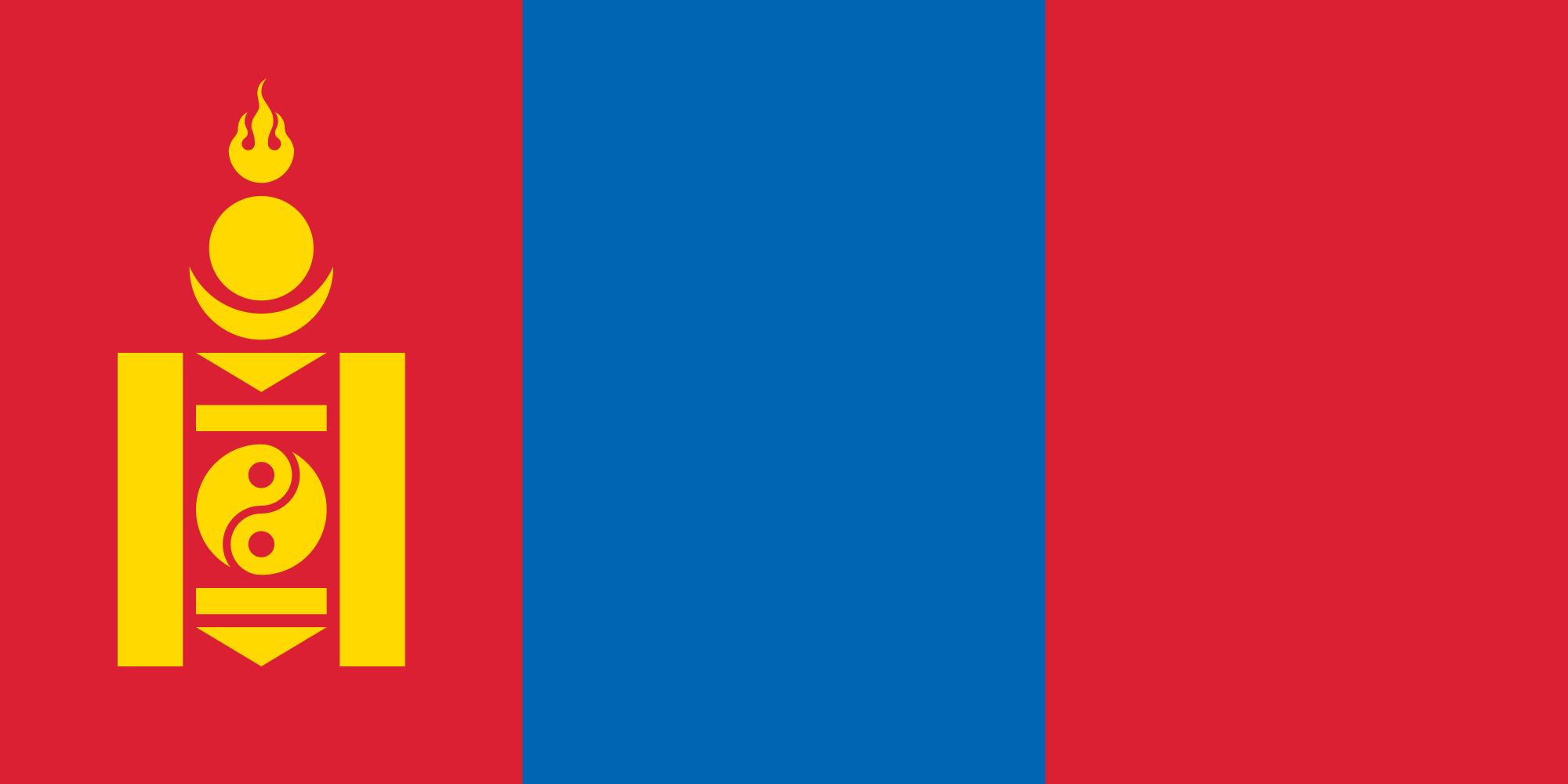 蒙古
蒙古
 新西兰
新西兰
 荷兰
荷兰
 常用信息
常用信息
 奥地利
奥地利
 葡萄牙
葡萄牙
 韩国
韩国
 俄罗斯
俄罗斯
 沙特阿拉伯
沙特阿拉伯
 瑞典
瑞典
 瑞士
瑞士
 新加坡
新加坡
 西班牙
西班牙
 南非
南非
 泰国
泰国
 捷克
捷克
 土耳其
土耳其
 匈牙利
匈牙利

 假期和旅游
假期和旅游
 阿拉伯联合酋长国
阿拉伯联合酋长国
 美国
美国
 英国
英国
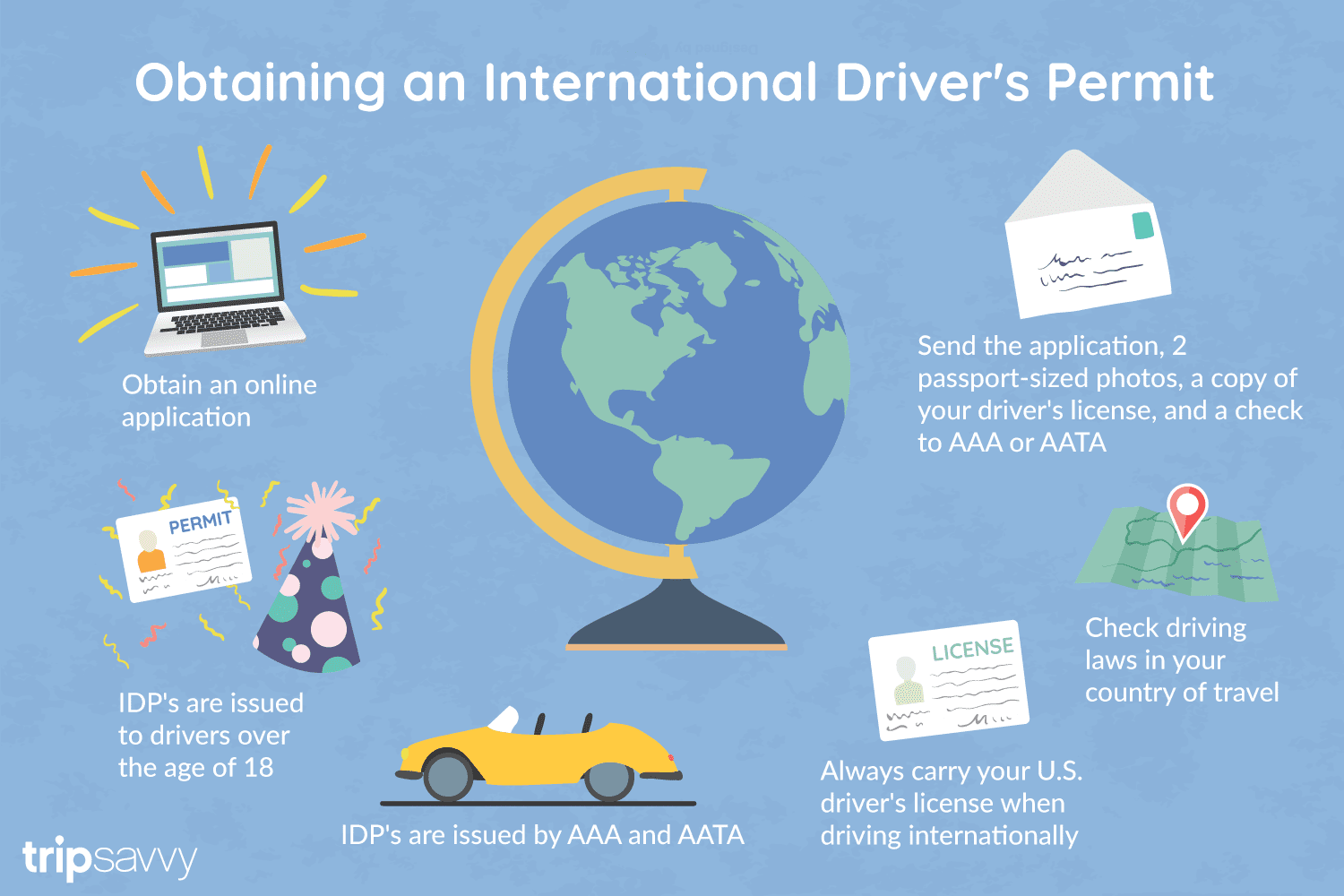
国际驾驶执照(International Driving Permit)依照1949年日内瓦国际道路交通公约及1968年维也纳国际道路交通公约,由公约签署国政府签发,方便本国驾驶员在其他签约国驾驶私人车辆。国际驾驶执照为附加在一国驾驶执照之上的一本附加多国语言的说明,标注了驾驶人的基本信息以及允许驾驶的对应车辆种类等,解决驾驶员与其他国家的交通管理部门之间的沟通障碍。国际驾照不能独立存在,当驾驶员同时持有一国驾照与该国政府签发的国际驾照时,此国际驾照才视作有效。[1]
国际驾驶执照之内容及格式依照维也纳道路交通会议制订,但并非各国均批准该公约。
Ein Internationaler Führerschein ist ein Dokument, das von den Straßenverkehrsbehörden oder Automobilclubs[1] eines Landes aufgrund zwischenstaatlicher Verträge ausgestellt wird. Er soll vor allem der Polizei eines anderen Landes die Feststellung ermöglichen, ob ein ausländischer Kraftfahrer die Fahrerlaubnis hat, die für sein aktuelles Fahrzeug erforderlich ist.
An International Driver's Permit (IDP) allows you to drive a vehicle in another country, as long as you also have a valid driver's license issued by your state. It is also recognized as a proper form of identification in over 175 countries and by many major car rental companies internationally.
Getting an International Driver's Permit (sometimes incorrectly called an international driver's license) can take anywhere from a day to a few weeks, depending on whether you're going through walk-in processing or applying via mail, so make sure to plan ahead if you're planning to drive on your international trip. There are only two locations in the United States that issue these documents: The American Automobile Association (AAA) and the American Automobile Touring Alliance (AATA).
In the United States, International Driver Permits (IDPs) are only issued by the American Automobile Association and the American Automobile Touring Alliance, and the State Department recommends against purchasing an IDP from other outlets as they are all entirely illegal to buy, carry, or sell.
IDPs can be issued to anyone over 18 who has had a valid driver's license for six months or longer. They typically remain valid for one year or the expiration of your existing state driving license. It's essential to investigate an IDP before your trip and make sure you know the requirements.
Both AAA and AATA are excellent sources for these documents, so once you've selected a provider, go to either the AAA's or NAATA's website, print out the International Driving Permit Application, complete all applicable fields, and submit it.
Once you have the application completed, you can send it in via the mail or visit a local office of an organization like AAA; you'll also need two original passport-sized photos and a signed copy of your valid U.S. driver's license as well as an enclosed check for the fee.
Tips to Getting and Using Your Permit
AAA offices can process IDPs during your visit, but processing generally takes 10 to 15 business days if you send the application in. However, expedited services may be available to get your license within one or two business days for an additional fee.
When applying, you'll need a computer and printer, a completed application, a copy of your valid U.S. driver's license, two passport photos, and a check, money order, or credit card to complete the process. Remember to bring these with you if you're applying in person.
Always make sure to carry your valid United States driver's license when driving internationally, as your IDP is invalid without this accompanying proof of eligibility to drive. IDPs only translate domestically-accepted licenses and do not allow those without government-issued driver's licenses to drive abroad.
You'll also want to make sure to enclose the proper fees (the fee for the IDP, as well as any shipping and handling fees), photos, and photocopies of your license when submitting your application to AAA or AATA as omitting any of these required documents will result in your application being rejected.
You should also check the driving requirements and laws for the countries you will be driving in on your vacation, so you'll know what will be required in the event you get stopped by local authorities. (Quelle:https://www.tripsavvy.com/)
 阿根廷
阿根廷
 澳大利亚
澳大利亚
 比利时
比利时
 巴西
巴西
 中国
中国
 丹麦
丹麦
 联邦德国
联邦德国

 财政金融
财政金融
 国际银行合作
国际银行合作
 法国
法国
 印度
印度
 印度尼西亚
印度尼西亚
 国际货币基金组织
国际货币基金组织
 卡米勒·古特
卡米勒·古特
 国际货币基金组织
国际货币基金组织
 克里斯蒂娜·拉加德
克里斯蒂娜·拉加德
 国际货币基金组织
国际货币基金组织
 多米尼克·斯特劳斯-卡恩
多米尼克·斯特劳斯-卡恩
 国际货币基金组织
国际货币基金组织
 霍斯特·克勒
霍斯特·克勒
 国际货币基金组织
国际货币基金组织
 伊瓦尔·鲁思
伊瓦尔·鲁思
 国际货币基金组织
国际货币基金组织
 雅克·德拉罗西埃
雅克·德拉罗西埃
 国际货币基金组织
国际货币基金组织
 约翰·维特芬
约翰·维特芬
 国际货币基金组织
国际货币基金组织
 米歇尔·康德苏
米歇尔·康德苏
 国际货币基金组织
国际货币基金组织
 佩·雅各布森
佩·雅各布森
 国际货币基金组织
国际货币基金组织
 皮埃尔-保罗·施韦泽
皮埃尔-保罗·施韦泽
 国际货币基金组织
国际货币基金组织
 罗德里戈·拉托
罗德里戈·拉托
 国际货币基金组织
国际货币基金组织
 克里斯塔利娜·格奥尔基耶娃
克里斯塔利娜·格奥尔基耶娃
 意大利
意大利
 日本
日本
 加拿大
加拿大
 马来西亚
马来西亚
 墨西哥
墨西哥
 荷兰
荷兰
 尼日利亚
尼日利亚
 挪威
挪威
 奥地利
奥地利
 波兰
波兰
 韩国
韩国
 俄罗斯
俄罗斯
 沙特阿拉伯
沙特阿拉伯
 瑞典
瑞典
 瑞士
瑞士
 西班牙
西班牙
 南非
南非
 委内瑞拉
委内瑞拉
 美国
美国
 英国
英国

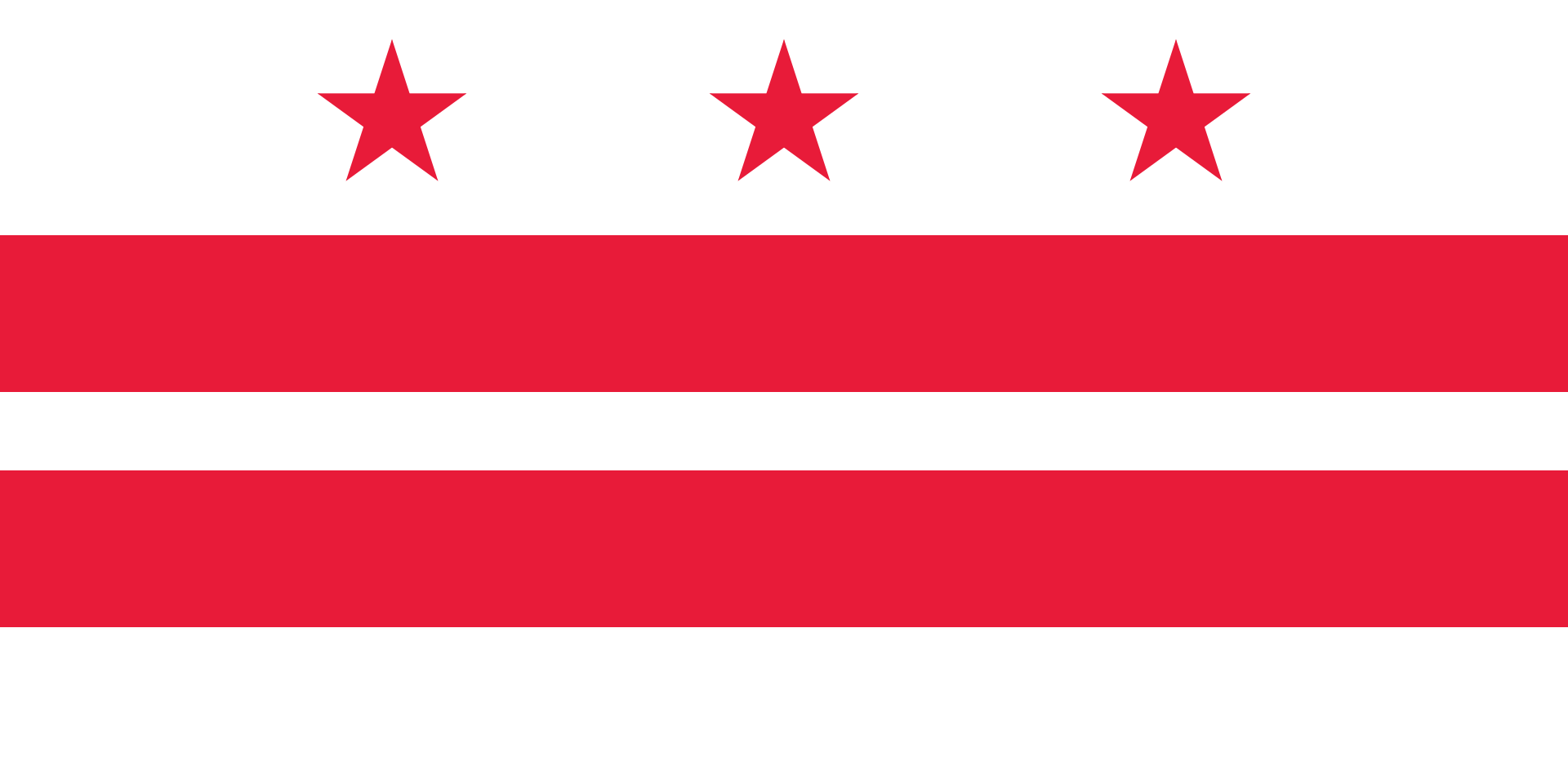 华盛顿哥伦比亚特区
华盛顿哥伦比亚特区

 重要的国际组织
重要的国际组织

 经济和贸易
经济和贸易
 经济与政治研究
经济与政治研究

Der Internationale Währungsfonds (IWF; englisch International Monetary Fund, IMF; auch bekannt als Weltwährungsfonds) ist eine rechtlich, organisatorisch und finanziell selbständige Sonderorganisation der Vereinten Nationen mit Sitz in Washington, D.C., USA.
Hauptaufgabe des IWF ist die Vergabe von Krediten an Länder ohne ausreichende Währungsreserven, die in Zahlungsbilanzschwierigkeiten geraten sind. Weitere Tätigkeitsfelder sind die Förderung der internationalen Zusammenarbeit in der Währungspolitik, Ausweitung des Welthandels, Stabilisierung von Wechselkursen, Überwachung der Geldpolitik und technische Hilfe.
Der IWF und seine Schwesterorganisation Weltbank haben ihren Ursprung im 1944 geschaffenen Bretton-Woods-System fester Wechselkurse, das auf der damals mit Gold gedeckten Leitwährung US-Dollar beruhte. Sie waren als internationale Steuerungsinstrumente geplant, mit denen eine Wiederholung der Währungsturbulenzen der Zwischenkriegszeit und der Fehler des Goldstandards aus den 1920er Jahren verhindert werden sollte. Beide Organisationen werden daher als Bretton-Woods-Institution bezeichnet. Die Kreditvergabe des IWF ist an wirtschaftspolitische Auflagen geknüpft, die die Rückzahlung der Kredite sichern sollen. Anders als der IWF vergibt die Weltbank auch Kredite für spezielle Projekte.
Der IWF hat zurzeit (Stand April 2020) 189 Mitgliedstaaten, deren Stimmrecht sich an ihrem Kapitalanteil orientiert. Die Mitgliedstaaten mit den größten Stimmanteilen sind: USA 16,51 %, Japan 6,15 %, China 6,08 %, Deutschland 5,32 %, Frankreich 4,03 %, Vereinigtes Königreich 4,03 % und Italien 3,02 %. Von den deutschsprachigen Ländern haben außerdem Luxemburg 0,29 %, Österreich 0,81 % und die Schweiz 1,18 % Stimmenanteile.[4]
Beschlüsse müssen im IWF mit einer Mehrheit von 85 % getroffen werden. Dadurch verfügen jeweils die USA allein und die EU-Staaten gemeinsam de facto über eine Sperrminorität.[5]
国际货币基金组织(法语:Fonds Monétaire International,缩写:FMI;英语:International Monetary Fund,缩写:IMF)于1945年12月27日成立,与世界银行同为世界两大金融机构,由189个国家组成,致力于促进全球货币合作,确保金融稳定,促进国际贸易。职责是监察货币汇率和各国贸易情况、提供技术和资金协助[3][4][5],确保全球金融制度运作正常;其总部设置于美国华盛顿特区。
国際通貨基金(こくさいつうかききん、英語: International Monetary Fund, IMF)は、国際金融、並びに、為替相場の安定化を目的として設立された国際連合(国連)の専門機関である。本部は、アメリカ合衆国の首都ワシントンD.C.にある。2018年現在、加盟国は189か国である[2]。
加盟国の経常収支が著しく悪化した場合などに融資などを実施することで、国際貿易の促進、加盟国の高水準の雇用と国民所得の増大、為替の安定、などに寄与する事を目的としている。 また、為替相場の安定のために、経常収支が悪化した国への融資や、為替相場と各国の為替政策の監視などを行っている。各国の中央銀行の取りまとめ役のような役割を負う。世界銀行と共に、国際金融秩序の根幹を成す。
The International Monetary Fund (IMF) is an international organization headquartered in Washington, D.C., consisting of 189 countries working to foster global monetary cooperation, secure financial stability, facilitate international trade, promote high employment and sustainable economic growth, and reduce poverty around the world while periodically depending on the World Bank for its resources.[1] Formed in 1944 at the Bretton Woods Conference primarily by the ideas of Harry Dexter White and John Maynard Keynes,[6] it came into formal existence in 1945 with 29 member countries and the goal of reconstructing the international payment system. It now plays a central role in the management of balance of payments difficulties and international financial crises.[7] Countries contribute funds to a pool through a quota system from which countries experiencing balance of payments problems can borrow money. As of 2016, the fund had XDR 477 billion (about US$ 667 billion).[8]
Through the fund and other activities such as the gathering of statistics and analysis, surveillance of its members' economies, and the demand for particular policies,[9] the IMF works to improve the economies of its member countries.[10] The organization's objectives stated in the Articles of Agreement are:[11] to promote international monetary co-operation, international trade, high employment, exchange-rate stability, sustainable economic growth, and making resources available to member countries in financial difficulty.[12] IMF funds come from two major sources: quotas and loans. Quotas, which are pooled funds of member nations, generate most IMF funds. The size of a member's quota depends on its economic and financial importance in the world. Nations with larger economic importance have larger quotas. The quotas are increased periodically as a means of boosting the IMF's resources in the form of special drawing rights.[13]
The current Managing Director (MD) and Chairwoman of the IMF is Bulgarian Economist Kristalina Georgieva, who has held the post since October 1, 2019.[14]
Gita Gopinath was appointed as Chief Economist of IMF from 1 October 2018. She received her PhD in economics from Princeton University. Prior to her IMF appointment she was economic adviser to the Chief Minister of Kerala, India.[15]
Le Fonds monétaire international (FMI) est une institution internationale regroupant 189 pays, dont le but est de promouvoir la coopération monétaire internationale, garantir la stabilité financière, faciliter les échanges internationaux, contribuer à un niveau élevé d’emploi, à la stabilité économique et faire reculer la pauvreté2.
Le FMI a ainsi pour fonction d'assurer la stabilité du système monétaire international (SMI) et la gestion des crises monétaires et financières. Pour cela, il fournit des crédits aux pays qui connaissent des difficultés financières mettant en péril l'organisation gouvernementale du pays, la stabilité de son système financier (banques, marchés financiers) ou les flux d'échanges de commerce international avec les autres pays.
Lors d'une crise financière, pour éviter qu’un pays ne fasse « défaut » (c’est-à-dire que ce pays ne puisse plus rembourser ses créanciers, voire ne plus payer ses dépenses courantes), le FMI lui prête de l’argent le temps que la confiance des agents économiques revienne. Le FMI conditionne l’obtention de prêts à la mise en place de certaines réformes économiques visant en principe à réguler la gestion des finances publiques (ingérence financière) et à établir une croissance économique équilibrée à long terme.
L'institution a été créée le 27 décembre 1945 et devait à l'origine garantir la stabilité du système monétaire international, dont l'écroulement après le krach de 1929 avait eu des effets catastrophiques sur l'économie mondiale. Après 1976 et la disparition d’un système de change fixe, le FMI perd l'essentiel de sa raison d'être et hérite d'un nouveau rôle face aux problèmes d'endettement des pays en développement et à certaines crises financières.
Il Fondo Monetario Internazionale (in sigla FMI; in inglese International Monetary Fund, IMF) è un'organizzazione internazionale pubblica[1] a carattere universale composta dai governi nazionali di 189 Paesi e insieme al gruppo della Banca Mondiale fa parte delle organizzazioni internazionali dette di Bretton Woods, dal nome della località in cui si tenne la famosa conferenza che ne sancì la creazione. L'FMI è stato formalmente istituito il 27 dicembre 1945, quando i primi 44 stati firmarono l'accordo istitutivo e l'organizzazione nacque nel maggio del 1946. Attualmente gli Stati membri sono 189.
El Fondo Monetario Internacional o FMI (en inglés: International Monetary Fund, IMF) es una organización financiera internacional con sede en Washington D. C., Estados Unidos. Nace como idea el 22 de julio de 1944 en los acuerdos de Bretton Woods, una reunión de 730 delegados de 44 países aliados de la Segunda Guerra Mundial, entrando en vigor oficialmente el 27 de diciembre de 1945. Después de 1976 y de la desaparición del sistema de cambio fijo, el FMI toma un papel preponderante ante países en desarrollo y crisis financieras internacionales. En 2010, durante la 14ª revisión general de cuotas los fondos financieros disponibles del FMI se situaban en 755 700 millones de U.S.dólares.1
A través del fondo y otras actividades como la recolección de estadísticas y datos, monitoreo de las actividades económicas de los países miembros, y la demanda de políticas concretas,2 el FMI trabaja para mejorar la economía de sus países miembros.3 Los objetivos proclamados por la organización son:4 promover la cooperación monetaria internacional, comercio internacional, reducir la desocupación, conseguir tasas de cambio sustentables, lograr crecimiento económico, y otorgar razonablemente recursos a países miembros en dificultades económicas.5 El FMI se financia con dos grandes herramientas: cuotas y préstamo. Las cuotas son aportes realizados por los países miembros al fondo común de la organización. Las mayores economías hacen aportes proporcionales mayores que las economías más pequeñas. Además, las obligaciones de cuotas aumentan periódicamente como forma de aumentar los recursos de los que puede disponer el FMI en forma de derechos especiales de giro.6
Esta organización ha sido fuertemente criticada en las últimas décadas. Las principales críticas se centran en el papel dominante que tienen los países desarrollados dentro del organismo, lo que causa que el FMI oriente sus políticas globales al fomento de un capitalismo que suele denominarse neoliberal,7 a causa de haber impuesto a los países en vías de desarrollo —y más recientemente a algunos países europeos— sus programas económicos basados en el Consenso de Washington que consisten en la reducción del déficit y del gasto público y consecuentemente de servicios y prestaciones sociales, con fundamento en las políticas y teorías monetaristas y en el principio de libre mercado,8 que deben llevarse a cabo como condiciones de los préstamos realizados y que según sus críticos ha provocado un aumento de la brecha entre ricos y pobres y un empeoramiento de los servicios públicos, como la sanidad.9 También está acusada por haber apoyado y financiado a las dictaduras militares en Latinoamérica y Africa,10 y se le han criticado puntualmente sus políticas sobre medio ambiente11 y alimentación.12
Международный валютный фонд, (МВФ) (англ. International Monetary Fund, IMF) — специализированное учреждение (валютный фонд) Организации объединённых наций (ООН) с главным офисом в городе Вашингтон, США.
189 стран являются членами МВФ, в его структурах работают 2500 человек из 133 государств мира. МВФ предоставляет кратко- и среднесрочные кредиты при дефиците платёжного баланса государства. Предоставление кредитов обычно сопровождается набором определённых условий и рекомендаций. Политика и рекомендации МВФ в отношении развивающихся стран неоднократно подвергались критике, суть которой состоит в том, что выполнение рекомендаций и условий, в итоге, направлено не на повышение самостоятельности, стабильности и развитие национальной экономики государства, а лишь на привязывание её к международным финансовым потокам.
В отличие от Всемирного банка, деятельность МВФ сосредоточена на относительно кратковременных макроэкономических кризисах. Всемирный банк предоставляет кредиты только бедным странам, МВФ может давать кредиты любой из своих стран-членов, которая испытывает нехватку иностранной валюты для покрытия краткосрочных финансовых обязательств.

Halmahera (veraltet Gilolo) ist eine indonesische Insel. Sie ist mit einer Fläche von 18.040 km² die größte Insel der Inselgruppe der Molukken und Teil der Provinz Maluku Utara. Die Stadt Sofifi an der Westküste ist der Hauptort der Provinz.
哈马黑拉岛(Halmahera Island),又名济罗罗岛(Jilolo或Gilolo),是印度尼西亚摩鹿加群岛主岛,属北马鲁古省管辖。

红茶是一种全发酵茶,是西方茶文化中的主要茶品。明朝时产于福建武夷山的正山小种为红茶鼻祖[1],1610年荷兰人通过印度尼西亚殖民地将小种红茶运往欧洲[2],开始了西方红茶文化。红茶与绿茶不同,绿茶会随着时间而失去味道,但红茶能够保存相当长的时间而味道不变,因此红茶能适应长途运输,这也许是红茶传到西方的重要原因之一。所有红茶都是由灌木(小树)山茶的叶子制成,目前分支的两个大类为小叶中华品种(C. sinensis subsp.sinensis)和大叶阿萨姆品种(Anchimus subsp.assamica)。
红茶是经过采摘、萎凋、揉捻、发酵、干燥等步骤生产出来的;比绿茶多了发酵的过程。发酵是指茶叶在空气中氧化,发酵作用使得茶叶中的茶多酚和鞣质酸减少,产生了茶黄素、茶红素等新的成分和醇类、醛类、酮类、酯类等芳香物质。因此,红茶的茶叶呈黑色,或黑色中参杂着嫩芽的橙黄色;茶汤呈深红色;香气扑鼻;由于少了苦涩味,因而味道更香甜、醇厚、回甘。
目前红茶的产地主要有中国、斯里兰卡、印度、肯尼亚、印度尼西亚等。
紅茶(こうちゃ)とは、摘み取った茶の葉と芽を萎凋(乾燥)させ、もみ込んで完全発酵させ、乾燥させた茶葉。もしくはそれをポットに入れ、沸騰した湯をその上に注いで抽出した飲料のこと。なお、ここでいう発酵とは微生物による発酵ではなく、茶の葉に最初から含まれている酸化酵素による酸化発酵である。
日本語の紅茶の語源はその抽出液の水色(すいしょく)から、また、英語の black tea はその茶葉の色に由来する。茶および tea の語源は茶の項参照。以下では水色を青みのカラーを表す「水色(みずいろ)」と一般には紛らわしいため語を「茶湯の水色」と統一して表記する。
Black tea is a type of tea that is more oxidized than oolong, yellow, white and green teas. Black tea is generally stronger in flavor than other teas. All four types are made from leaves of the shrub (or small tree) Camellia sinensis. Two principal varieties of the species are used – the small-leaved Chinese variety plant (C. sinensis var. sinensis), used for most other types of teas, and the large-leaved Assamese plant (C. sinensis var. assamica), which was traditionally mainly used for black tea, although in recent years some green and white teas have been produced. In China, where black tea was developed,[1] the beverage is called 紅茶 "red tea", due to the color of the oxidized leaves when processed appropriately.[1]
While green tea usually loses its flavor within a year, black tea retains its flavor for several years. For this reason, it has long been an article of trade, and compressed bricks of black tea even served as a form of de facto currency in Mongolia, Tibet and Siberia into the 19th century.[2]
Un thé noir, ou thé anglo-indien, est fait de feuilles de théier qui ont subi une oxydation complète. Ces thés sont nommés thés rouges dans le monde chinois. En Chine, on appelle « thé noir » le thé post-fermenté, comme le pu-erh. À noter que le terme « thés rouges » peut désigner une infusion de rooibos par abus de langage et bien que cela soit interdit par la législation.
La plupart des thés consommés en Occident sont des thés noirs, fabriqués selon la méthode orthodoxe ou le procédé Crush, Tear, Curl, deux modes de fabrication mis au point par les Britanniques au XIXe siècle. Alors qu'un thé vert perd de sa fraîcheur après 12 à 18 mois, un thé noir peut se conserver plusieurs années sans perdre sa saveur. Il est donc plus facilement transportable et commercialisable, d'où sa popularité en Occident.
En occident le thé noir est souvent mélangé à d'autres ingrédients. Les bonnes récoltes sont plus rares que celles des autres types de thé et la qualité peut en pâtir : le thé noir est plus utilisé pour la consommation quotidienne que pour la dégustation.
Il tè nero, chiamato in Cina tè rosso (红茶S, hóngcháP), è un tipo di tè composto da foglie ossidate della pianta Camellia sinensis
Le foglie del tè nero, dopo essere state raccolte e fatte macerare, vengono essiccate, arrotolate e tritate. Questo processo porta all'ossidazione del tè, reazione che invece non avviene nel processo di lavorazione del tè verde (tè non ossidato), o è solo parziale nelle altre varietà. Mentre il tè verde di solito perde il suo sapore entro un anno, il tè nero conserva il suo sapore per diversi anni. Per questo motivo, è stato a lungo un bene di scambio e, nel XIX secolo, i mattoni compressi di tè nero sono stati addirittura una forma di valuta in Mongolia, Tibet e Siberia.[1]
El té negro es un té que se encuentra oxidado en mayor grado que las variedades de té verde, té oolong y té blanco. Las cuatro variedades indicadas se preparan con hojas de Camellia sinensis. El té negro generalmente posee un aroma más fuerte y contiene más cafeína que otros tés con menores niveles de oxidación.
En idioma chino y otras culturas en las que el té tiene gran relevancia cultural el té negro se conoce como té rojo (紅茶, mandarín hóngchá; japonés kōcha; coreano hongcha), lo que probablemente es una mejor descripción del color de la infusión. Aunque podría suceder que la referencia al té negro tenga su origen en el color de las hojas oxidadas. En chino, té negro es una clasificación de tés postfermentados, tal como el té Pu-erh. Sin embargo, en el mundo occidental, el "té rojo" se refiere comúnmente a la tisana sudafricana rooibos.
Mientras que el té verde por lo general pierde su sabor al cabo de un año, el té negro lo retiene por varios años. Por esta razón, el té negro ha sido desde hace mucho tiempo un artículo de mercadeo, e incluso el "té negro compactado en ladrillos" sirvió como moneda de facto en Mongolia, Tíbet y Siberia hasta el Siglo XIX.1
Desde la dinastía Tang se conocía que el té negro preparado con agua caliente podía servir de colorante para las telas, siendo popular entre las clases más bajas que no podían acceder a otro tipo de colorantes. Sin embargo, lejos de ser una marca de vergüenza, la marca del teñido por la "estrella marrón" era vista como preferible a la tela natural y tenía alguna importancia como marca de identificación y pertenencia de las clases comerciantes inferiores durante la dinastía Ming. El té que se importaba en un principio en Europa era o bien té verde o semi oxidado. Pero a partir del siglo XIX , el té negro le ganó en popularidad al té verde.
La expresión té negro también es usada para indicar una taza de té sin leche, similar al café servido sin leche ni crema. En el Reino Unido, al té negro por lo general se lo suele consumir con leche y no "negro".
Чёрный чай — вид чая, подвергающийся полной ферментации (окислению) в течение от двух недель до месяца (по традиционной технологии). Традиционно наиболее популярный вид чая в Европе, включая Россию.
Название «чёрный чай» закрепилось в Европе, в Китае этот тип чая называется кра́сным, а «чёрным чаем» китайцы именуют пуэр.
Чёрный чай бывает байховым, гранулированным, пакетированным и плиточным. Может быть ароматизирован, например, бергамотовым маслом («Эрл Грей»).
Вкус чёрного чая лишён горечи, настой имеет оранжевый или красный цвет. Чай обладает сложным действием, одновременно тонизирующим и успокаивающим.
Подаётся обычно без добавок или с сахаром, лимоном, молоком или сливками, часто сопровождает десерт. Научные исследования показали, что добавление мёда усиливает антиоксидантную активность черного чая с лимоном[1].
Наиболее известные разновидности чёрного чая: Кимун, Юньнань, ассамский чай, цейлонский, Эрл Грей, Лапсанг Сушонг. Часто, к чёрным чаям ошибочно относят Дарджилинг, полуферментированный чай не подвергающийся полной ферментации. Распространённую международную классификацию чёрного чая по степени измельчённости чайного листа см. в Категории чайного листа и Чай. Классификация.
Красные чаи получили большое распространение среди европейцев, потому что этот сорт чая не подвергался большим изменениям и порче при его транспортировке. Именно этот сорт чая европейцы (в частности, англичане) начали культивировать в своих колониях после потери Китая как источника чая.

Im Osten von Indonesien liegen zwischen Flores und Sumbawa unzählige kleine Inseln vulkanischen Ursprungs. Die drei größten Insel dieses weitläufigen Archipels - Komodo, Rinca und Padar - sind die weltweit einzige Heimat der legendären Komodo-Warane und wurden deswegen im Jahr 1980 zum Nationalpark erklärt (wegen seiner Einzigartigkeit und Schutzwürdigkeit ist der Nationalpark der Komodo-Inseln mittlerweile auch als Naturerbe in die Unesco-Liste aufgenommen worden). Wer diese Reptilien also einmal in freier Wildbahn beobachten möchte, der kommt um den Besuch einer dieser Inseln nicht herum. Inzwischen gilt der Schutz jedoch der gesamte Artenvielfalt des Archipels - auch der unter Wasser - denn der Nationalpark und die angrenzenden Gebiete zählen zu den artenreichsten Regionen der Weltmeere und auch Taucher benötigen bei ihren Ausflügen ein gültiges Permit (welches zwischendurch immer mal wieder von Rangern kontrolliert wird).
(Quelle:http://www.weltbummeln.de/highlights/high_indo2.html)

 驾驶学校
驾驶学校
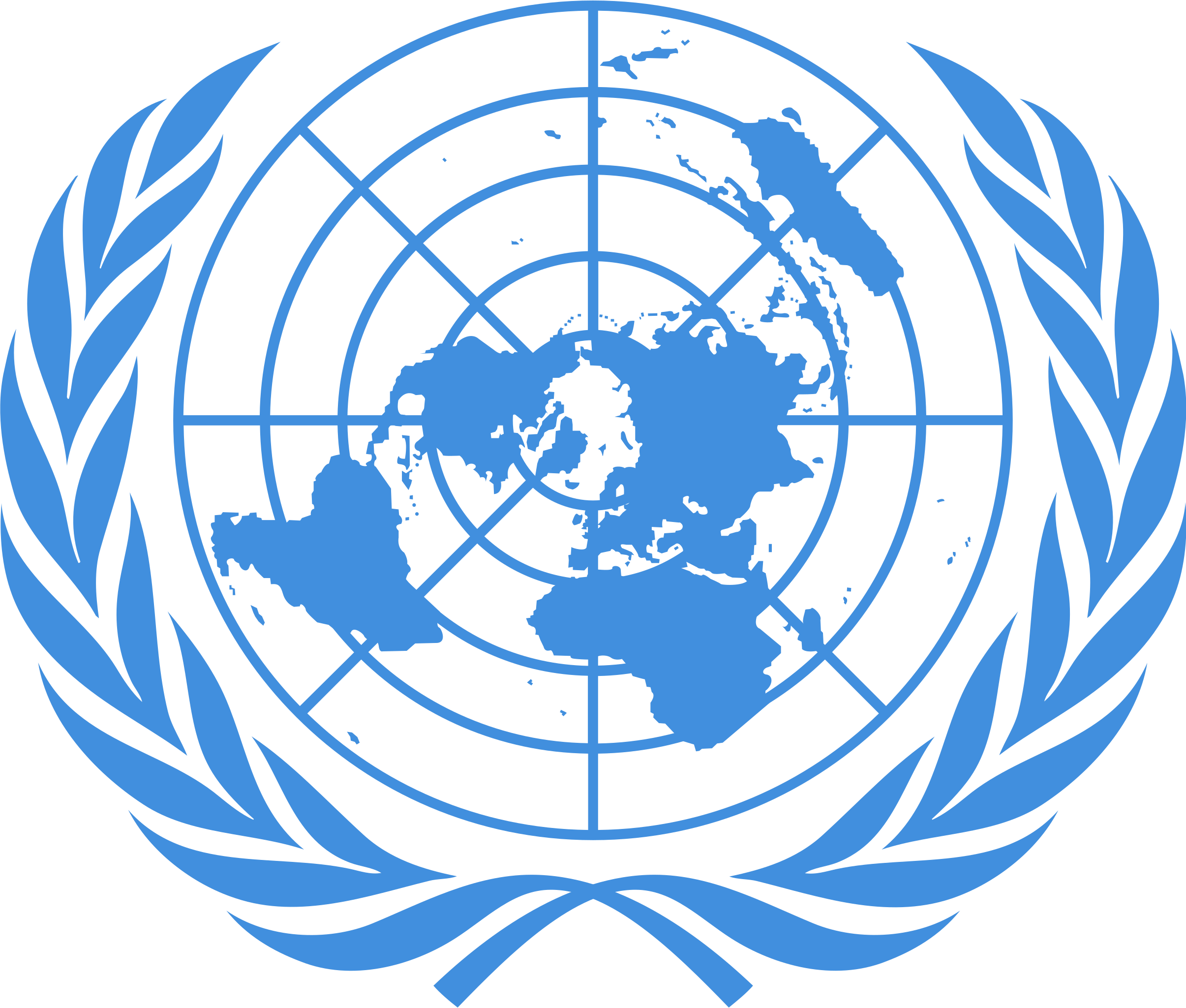 联合国
联合国
 地理
地理
 美食家
美食家
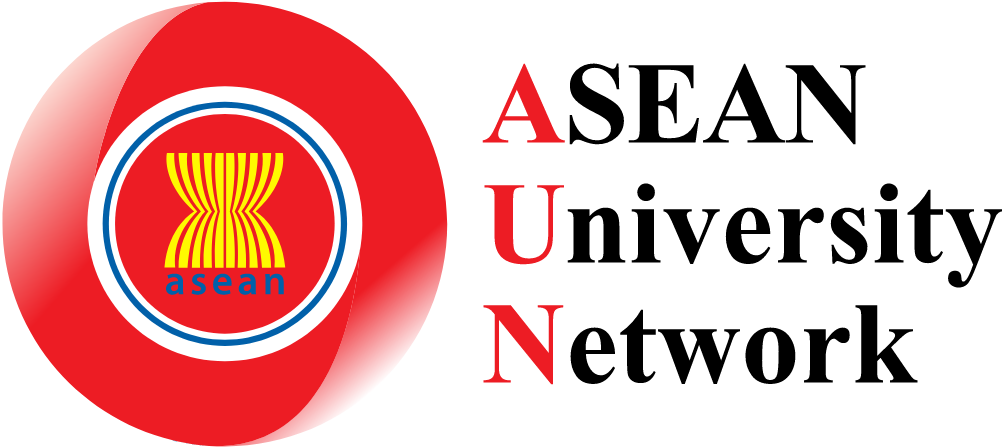 东盟大学联盟
东盟大学联盟




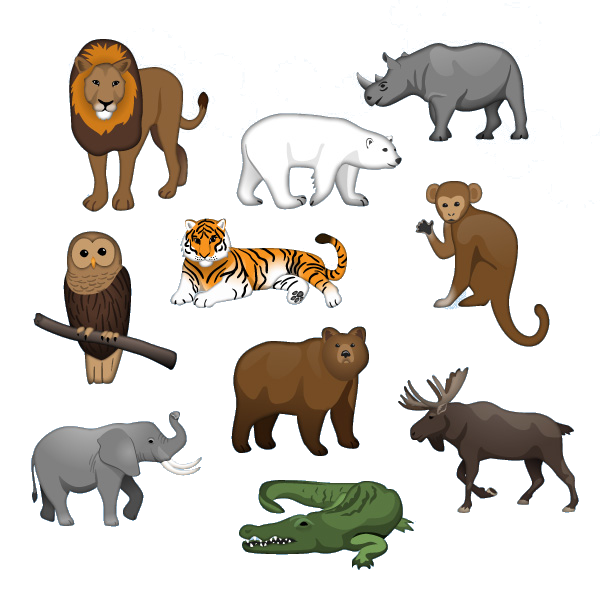 动物世界
动物世界
 建筑艺术
建筑艺术
 宗教
宗教

